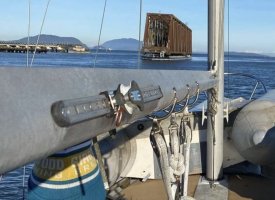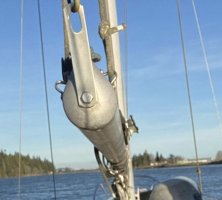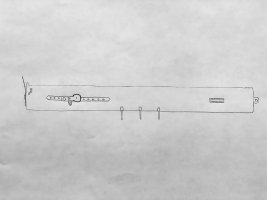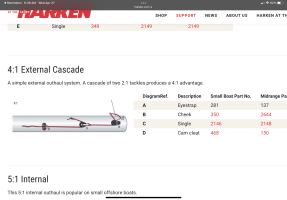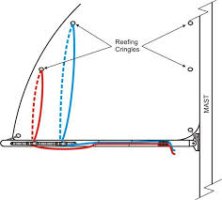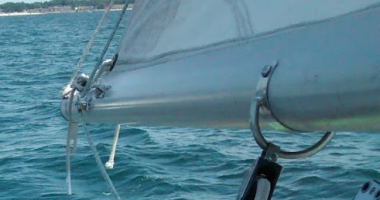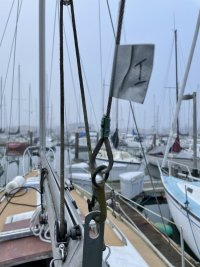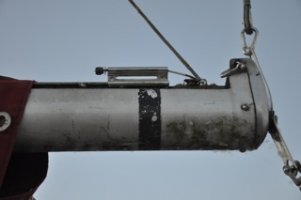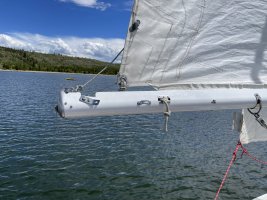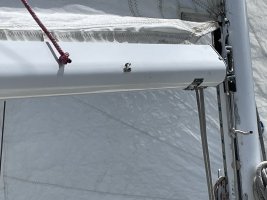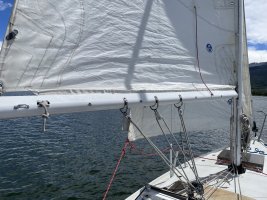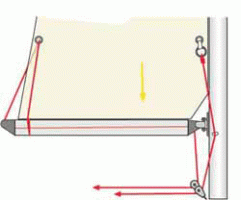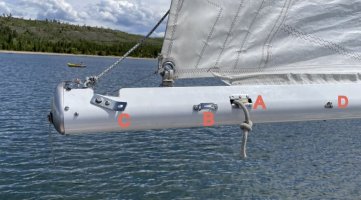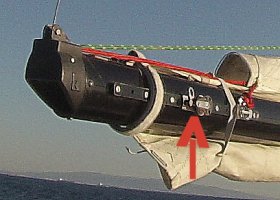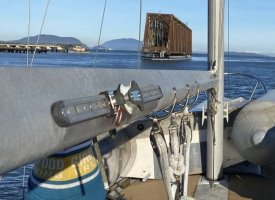New sailor here and I’m trying to figure out the rigging setup for the outhaul (or what I believe is the outhaul?) on my 1971 E-27. Although I have a couple hundred photos after going through the process of replacing the standing rigging and rebedding all the thru deck hardware, somehow I don’t actually have one clearly showing the starboard side of the boom. But hopefully the photos I do have plus my amateur drawing are enough to show the setup? No clue if the hardware (or spar for that matter) are original or not. In the drawing, the thing toward the gooseneck is my attempt at drawing a clam cleat.
Any advice on how to rig and use this outhaul? Any photos of similar setups much appreciated.
Any advice on how to rig and use this outhaul? Any photos of similar setups much appreciated.
Attachments
Last edited:

